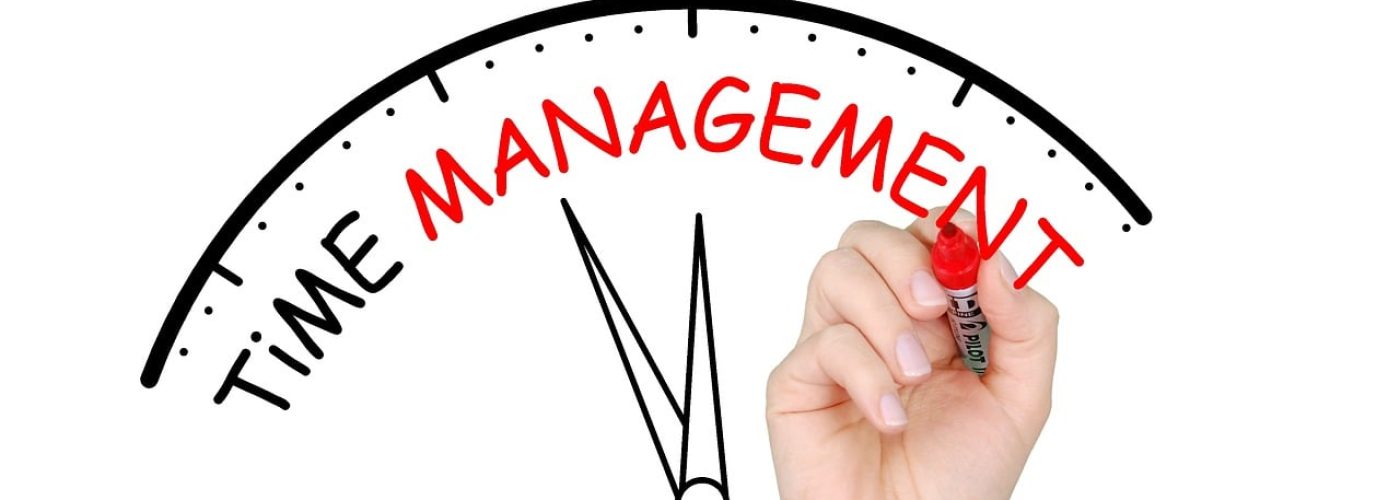Ever feel like your to-do list is running your life instead of the other way around? You start the day with big plans, only to get distracted by emails, meetings, and that one quick social media scroll that turns into a 30-minute deep dive into dog videos. (No judgment—I’ve been there.)
If you’re tired of feeling busy but not productive, it’s time to try time blocking—a simple yet powerful way to take back control of your schedule, get more done, and actually have time for the things that matter.
What is Time Blocking?
Time blocking is a productivity method where you schedule specific blocks of time for different tasks instead of jumping from one thing to another all day. Think of it like making a reservation for your most important work—because if it’s not scheduled, it’s not happening.
For example, instead of saying, “I need to work on that project sometime today,” you block out 9:00–11:00 AM and label it Deep Work: Project XYZ. No emails, no distractions—just focused work.
Why Time Blocking Works
- Boosts Productivity – You’ll get more done in less time because your brain isn’t constantly switching tasks.
- Reduces Distractions – When you know what you’re supposed to be working on, it’s easier to ignore the ding of notifications.
- Prevents Overbooking – No more saying “I’ll squeeze that in later”—if it’s not on the schedule, it doesn’t happen.
- Creates Work-Life Balance – You’ll actually have time for breaks, family, and gasp fun!
How to Time Block Like a Pro
1. Identify Your Priorities
Before you start, figure out what actually needs to get done. (Spoiler alert: checking emails 47 times a day is not a priority.)
2. Categorize Your Tasks
- Group similar tasks together to avoid constant context-switching. Some common categories include:Emails & Admin Work – Set a time for this instead of letting it take over your day.
- Deep Work – Block time for focused, high-value tasks.
- Meetings – Keep them contained instead of letting them hijack your schedule.
- Breaks – Yes, you need these too!
3. Assign Time Blocks to Your Calendar
Use Google Calendar, a planner, or even a sticky note—just make sure it’s written down! Your schedule might look something like this:
- 8:30–9:00 AM – Emails & Quick Tasks
- 9:00–11:00 AM – Deep Work (Project XYZ)
- 11:00–11:15 AM – Break (because you deserve it)
- 11:15–12:30 PM – Client Calls & Meetings
- 12:30–1:30 PM – Lunch & Recharge
- 1:30–3:00 PM – Content Creation
- 3:00–3:15 PM – Social Media & Engagement
- 3:15–4:30 PM – Admin Work & Planning
Pro Tips for Time Blocking Success
Be Realistic – Don’t schedule 10 things in a 3-hour block. (You’re not a robot.)
Use a Timer – Stay on track by setting a timer for each block.
Leave Buffer Time – Life happens. Build in extra time so one delay doesn’t wreck your whole day.
Protect Your Time – Treat your time blocks like important meetings—because they are.
Adjust as Needed – Time blocking is flexible! If something’s not working, tweak it.
Final Thought: Time Blocking = Freedom
Some people resist time blocking because it feels too rigid—but in reality, it’s the opposite. When you control your schedule, you create more freedom, not less. Instead of constantly feeling behind, you’ll know exactly what to focus on and when—which means less stress, more progress, and actual free time.
So, if you’re tired of feeling stuck in the endless cycle of “Where did my day go?”, give time blocking a try. Your goals (and your sanity) will thank you.

